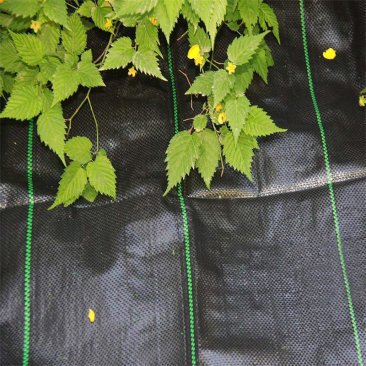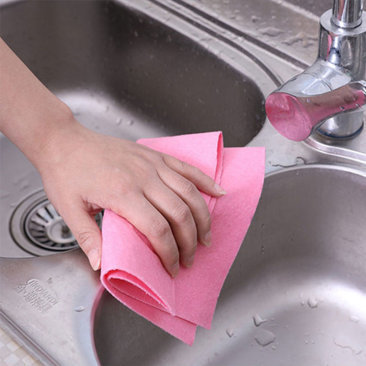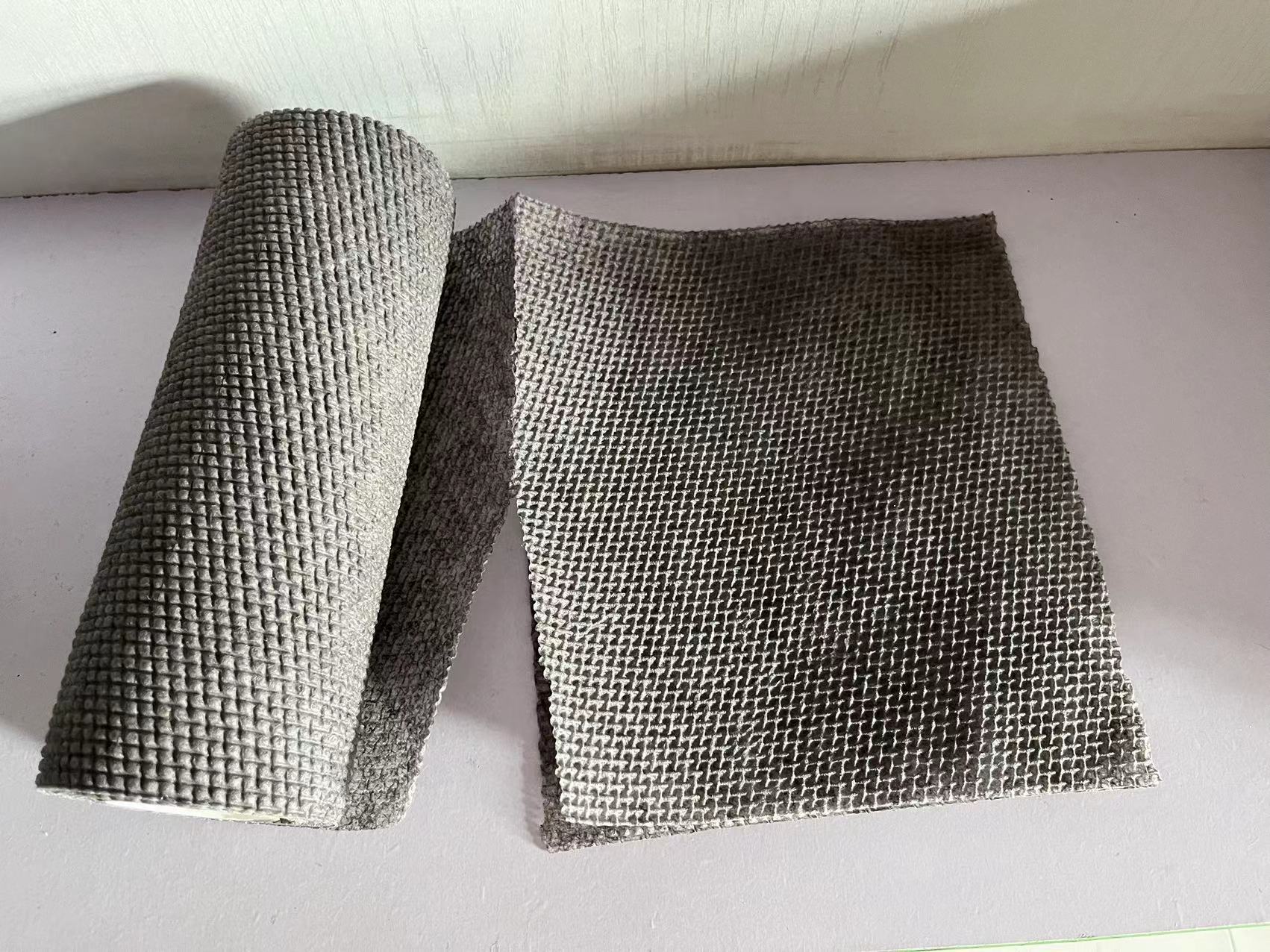01
2025
-
05
Why Spunbond Polypropylene Fabric is the Future of Sustainable Materials
Why Spunbond Polypropylene Fabric is the Future of Sustainable Materials Table of Contents 1. Introduction to Spunbond Polypropylene Fabric 2. The Origin and Evolution of Spunbond Technology 3. Key Properties of Spunbond Polypropylene Fabric 3.1 Lightweight Yet Durable 3.2 Water-Resistant and Breathable 3.3 Chemical Resistance 4. Applications of Spunbond Polypropylene Fabric 4.1 Medical Applicatio
Why Spunbond Polypropylene Fabric is the Future of Sustainable Materials
Table of Contents
1. Introduction to Spunbond Polypropylene Fabric
2. The Origin and Evolution of Spunbond Technology
3. Key Properties of Spunbond Polypropylene Fabric
3.1 Lightweight Yet Durable
3.2 Water-Resistant and Breathable
3.3 Chemical Resistance
4. Applications of Spunbond Polypropylene Fabric
4.1 Medical Applications
4.2 Agricultural Uses
4.3 Industrial Applications
4.4 Fashion and Home Décor
5. Environmental Benefits of Spunbond Polypropylene Fabric
5.1 Recyclability and Sustainability
5.2 Reduced Carbon Footprint
6. Comparison with Other Non-Woven Fabrics
7. Future Trends in Spunbond Polypropylene Fabric
8. Frequently Asked Questions (FAQs)
9. Conclusion
1. Introduction to Spunbond Polypropylene Fabric
Spunbond polypropylene fabric is rapidly gaining recognition as a leading material in the pursuit of sustainability. Crafted through a process that involves bonding polypropylene fibers through heat and pressure, this fabric showcases an array of impressive characteristics. Its blend of functionality and eco-friendliness makes it a popular choice across various sectors.
2. The Origin and Evolution of Spunbond Technology
Originally developed in the 1950s, spunbond technology has undergone significant advancements over the decades. The process began with simple bonding techniques, but improvements in machinery and manufacturing methods have led to the production of high-quality, versatile fabrics. Today, spunbond polypropylene fabric is produced in vast quantities, meeting diverse market needs.
3. Key Properties of Spunbond Polypropylene Fabric
Understanding the unique properties of spunbond polypropylene fabric is essential to appreciate its potential.
3.1 Lightweight Yet Durable
One of the standout features of spunbond polypropylene fabric is its remarkable strength-to-weight ratio. Despite being lightweight, this fabric can withstand considerable stress and strain, making it ideal for both consumer and industrial applications.
3.2 Water-Resistant and Breathable
Spunbond polypropylene fabric's water-resistant properties prevent moisture retention, making it suitable for outdoor use. Additionally, its breathability ensures comfort, particularly in applications like medical gowns and protective gear.
3.3 Chemical Resistance
The inherent chemical resistance of polypropylene allows spunbond fabrics to withstand exposure to various substances without degrading. This characteristic is invaluable in industries such as healthcare and agriculture, where chemical interactions can pose significant risks.
4. Applications of Spunbond Polypropylene Fabric
The versatility of spunbond polypropylene fabric leads to its utilization in numerous applications.
4.1 Medical Applications
In the medical field, spunbond polypropylene fabric is widely used for surgical gowns, masks, and disposable drapes. Its combination of barrier protection and breathability makes it an essential material for hospital settings.
4.2 Agricultural Uses
Farmers are increasingly adopting spunbond polypropylene fabric for crop covers, plant protection, and as a geotextile. Its durability and UV resistance enhance plant growth while minimizing damage from harsh environmental conditions.
4.3 Industrial Applications
In the industrial realm, spunbond polypropylene fabric is employed in various applications, from filtration systems to packaging solutions. Its robustness ensures longevity in demanding environments.
4.4 Fashion and Home Décor
The fashion industry is also embracing spunbond polypropylene fabric due to its unique aesthetic qualities. Designers are creating innovative products that not only look good but are also sustainable.
5. Environmental Benefits of Spunbond Polypropylene Fabric
As the world strives for more sustainable practices, spunbond polypropylene fabric offers significant environmental benefits.
5.1 Recyclability and Sustainability
One of the most appealing aspects of spunbond polypropylene fabric is its recyclability. This fabric can be repurposed into new products, minimizing waste and reducing the overall environmental impact.
5.2 Reduced Carbon Footprint
The production process of spunbond polypropylene fabric is more energy-efficient compared to traditional fabrics. This efficiency contributes to a lower carbon footprint, making it a favorable choice for eco-conscious consumers and businesses.
6. Comparison with Other Non-Woven Fabrics
When comparing spunbond polypropylene fabric to other non-woven materials, several advantages become clear. For instance, while some non-woven fabrics may offer similar strength, they often fall short in sustainability and versatility. Spunbond’s unique properties place it at the forefront of sustainable material options.
7. Future Trends in Spunbond Polypropylene Fabric
The future of spunbond polypropylene fabric appears promising. With ongoing research and development, we can expect advancements in its applications and properties. Innovations may include enhanced biodegradability and even more eco-friendly production methods.
8. Frequently Asked Questions (FAQs)
1. What is spunbond polypropylene fabric made of?
Spunbond polypropylene fabric is made from polypropylene fibers that are bonded together through heat and pressure, creating a durable, lightweight material.
2. Is spunbond polypropylene fabric biodegradable?
While polypropylene itself is not biodegradable, many manufacturers are exploring ways to make spunbond fabrics more environmentally friendly through innovative practices.
3. Can spunbond polypropylene fabric be recycled?
Yes, spunbond polypropylene fabric is recyclable, making it a sustainable option for various applications.
4. What are the advantages of using spunbond polypropylene fabric in agriculture?
Spunbond polypropylene fabric provides excellent protection for crops, promotes growth by allowing air and moisture to pass through, and is UV resistant.
5. How does spunbond polypropylene compare to woven fabrics?
Spunbond polypropylene fabric is generally more lightweight and durable than woven fabrics, and it offers superior resistance to water and chemicals.
9. Conclusion
In conclusion, spunbond polypropylene fabric represents a significant advancement in sustainable materials. Its unique properties, wide range of applications, and environmental benefits position it as a leading choice for various industries. As we continue to prioritize sustainability, the role of spunbond polypropylene fabric will only become more prominent, paving the way for a greener future. Embracing this innovative material not only enhances product quality but also contributes to a more sustainable planet.
spunbond polypropylene fabric












